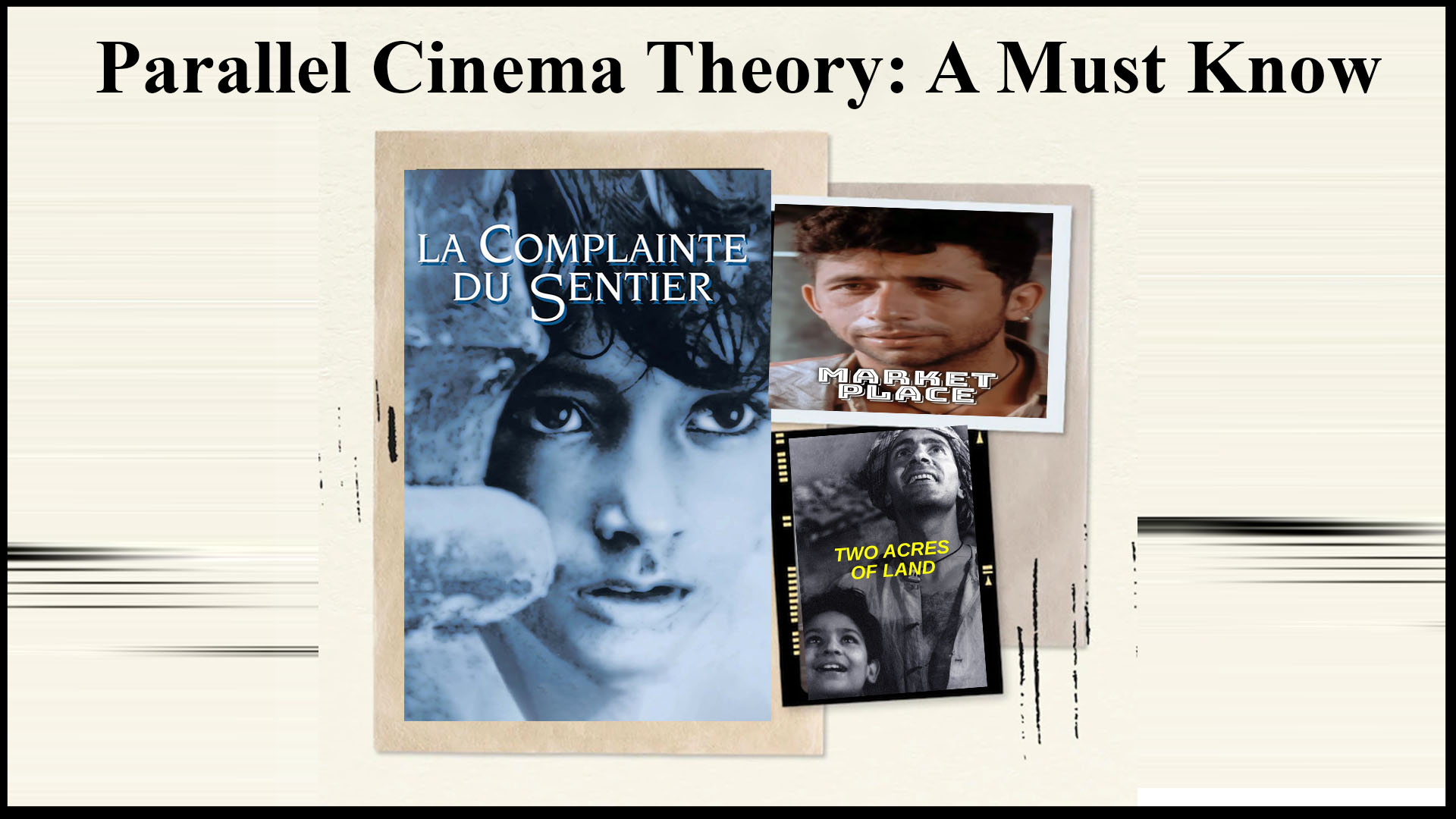Parallel Cinema Theory: A Must Know
The Indian New Wave, generally known in India as Art Cinema or resemblant Cinema as a volition to the mainstream marketable cinema, is a specific movement in Indian cinema, known for its serious content, literalism and verismo, with a keen eye on the sociopolitical climate of the times. This movement is distinct from mainstream Bollywood cinema and began around the same time as the French New Wave and Japanese New Wave. The movement was originally led by Bengali cinema (which has produced internationally accredited filmmakers similar as Satyajit Ray, Mrinal Sen, Ritwik Ghatak and others) and also gained elevation in the other film diligence of India.
To all our fellow Indie Filmmakers, at WFCN we have more than 500+ handpicked film festivals where you can submit your precious work of art. You can also showcase your film by making a portfolio in WFCN.
What is Indian Parallel cinema?
Parallel Cinema is a phrase used to describe a movement in Indian cinema that refers to small-budget films that were not mainstream in nature from the 1950s to the late 1970s. It was also a trend in the 1950s and 1960s, and it quickly established its own genre.
This type of cinema was very different from commercial film, which was very popular among the general public. Parallel film featured realistic topics that showed social difficulties and challenges encountered by ordinary people. These films were frequently shot on a shoestring budget with unknown actor and crew members, and as a result, they were frequently overlooked by spectators and filmmakers alike. When compared to ordinary mainstream movies, which were largely oriented on entertaining audiences with song, dance routines, and melodrama, these films are regarded to be ahead of their time.
Examples of Parallel Cinema
Neecha Nagar
Neecha Nagar, regarded as one of the first parallel films, won the Palme d’Or at the first Cannes Film Festival in 1946. The film is the only one to have won that award at Cannes, and it helped to put Indian cinema on the map.
Pather Panchali
The Government of Bengal financed the creation of this Satyajit Ray film, which was premiered in 1955. This film, one of Ray’s Apu trilogy, received Best Human Document at Cannes in 1956 and the National Award for Best Feature Film in 1955. The film highlighted Harihar Roy and his family’s difficult existence in the lack of basic utilities and food, finally driving him to leave the country and go to the city for employment, leaving his family behind.
Do Bigha Zamin
Balraj Sahani, Meena Kumari, Nirupa Roy, and Ratan Kumar had significant parts in this 1953 film. Bimal Roy’s film is based on Rabindranath Tagore’s poetry and received the International Prize at Cannes in 1954 as well as Best Movie Filmfare. The plot revolves around a poor farmer who fails to repay an unscrupulous landlord who seizes his land. He works as a rickshaw puller in Calcutta to earn money in order to reclaim his family’s land.





